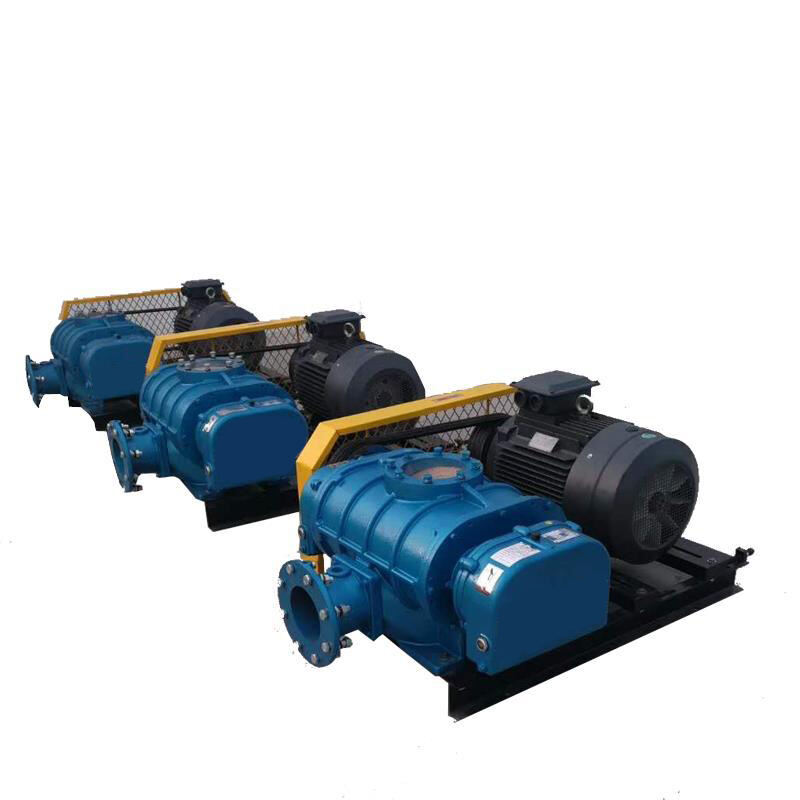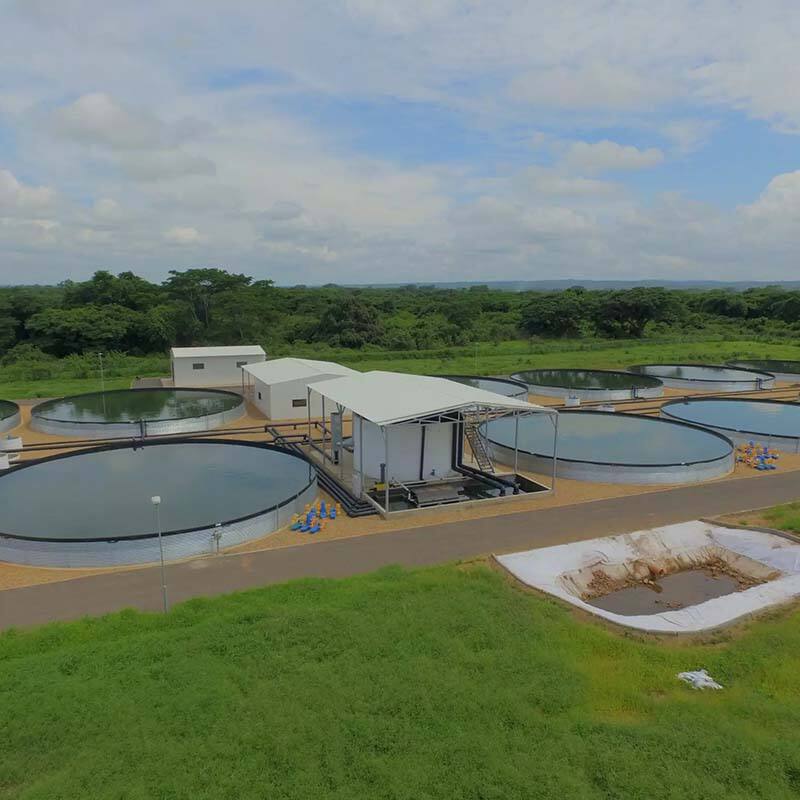 ×
×
Using your data up to October 2023? Catfish farming: raising catfish in ponds or tanks humans create. This gives farmers the ability to provide assistance to the fish and ensure optimal conditions for the fish to thrive.
Before opening your catfish farm, you have to create a good environment for the fish. In other words, they must have a clean pond or tank, enough area to swim around and good air for breathing. So after your house is set, you can purchase young catfish known as fingerlings to cultivate on your farm.
A good way to do this is to give the catfish a balanced, nutritious food that does not waste more food than they want to eat. Farmers can also use more natural means of preventing bugs and diseases from entering the fish. This helps protect both the catfish and the environment.
The other way is to provide good feed on the catfish so it will grow very quickly and very strong. These methods enable farmers to derive higher fish yields and greater profitability from their farms.

Ensuring enough air for catfish is one strategy to keep the water clean. Farmers may also test the water for toxic substances such as ammonium. Water quality is important to the healthy growing of the catfish.

As with any job, catfish farming comes with challenges. One is that the catfish can get sick from diseases that spread in the pond. If farmers keep their ponds clean and free of germs, they can prevent this.

A larger issue is that catfish prices can move, impacting the profitability of farmers. To stop this from disrupting their income, farmers can look for new spots to sell their catfish, such as local restaurants or stores. Farmers can thrive in catfish farming by solving these problems.
We have certificates such as ISO9001, ISO22000 and COA. We have successfully exported our products to 47 countries and constructed 22 large-scale projects totaling more than 3000 cubic meters. Our aquaculture system is utilized for the production of shrimps and fish across 112 countries.
We provides comprehensive aquaculture plan, which can comprise variety of aspects, such as scheme design, equipment configuration, budget planning installation of equipment, and aquaculture technology assistance. This will help you finish the implementation of your entire aquaculture project, which something ordinary businesses does not offer.
We have more than 15 years of experience in production in aquaculture industry. We are among top three companies in Chinese aquaculture industry. We have strategic alliances with number of renowned Chinese Universities, and have surely skilled team high-density system engineers and engineers who are able provide best quality products and services.
We are being specialize in producing PVC steel pipe support fish ponds PVC galvanized plate fishes ponds as well as aquaculture equipment, PVC non drinking water bags EVA drinking water bags TPU oil bags PE containers for liquid bags that are disposable. We offer range of choices in aquaculture system's equipment.